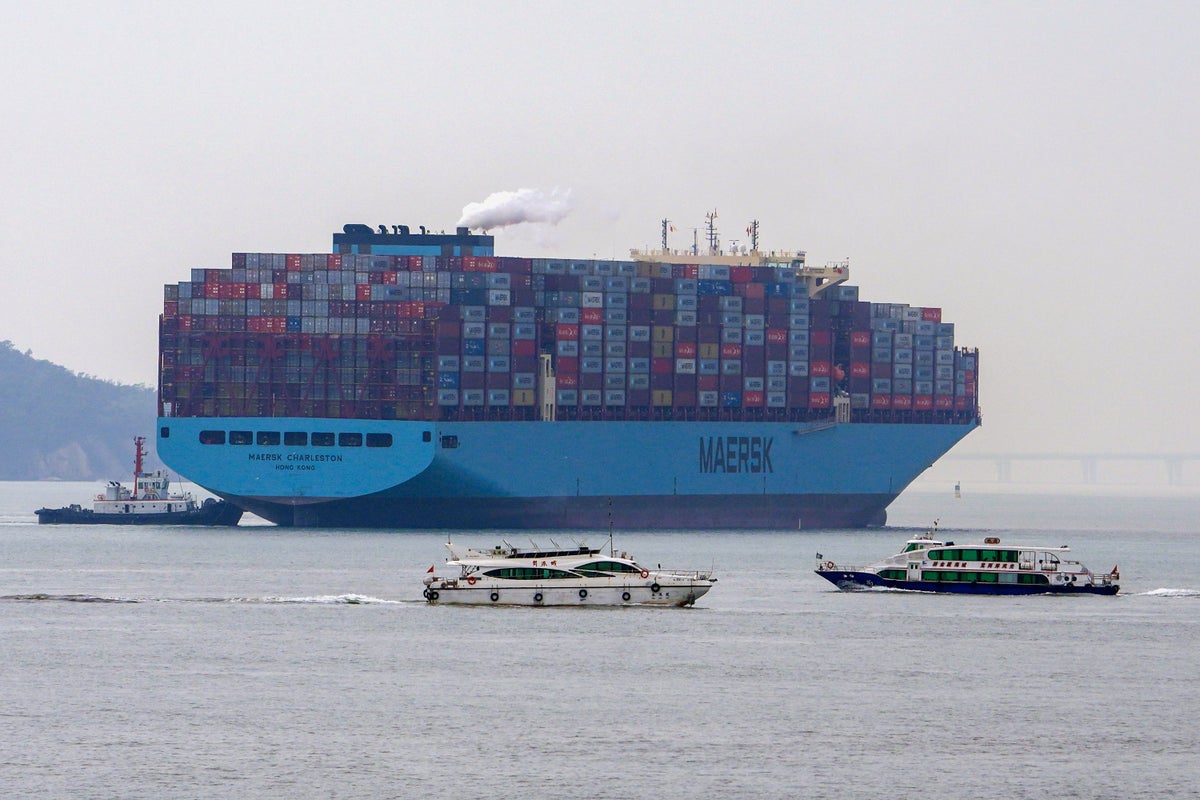
China's exports grew slightly for a second consecutive month in December even as deflationary pressures persisted, according to official data released Friday that underscored the uneven nature of the country’s economic recovery from the pandemic.
Demand for Chinese exports has been weak since the Federal Reserve and central banks in Europe and Asia began raising interest rates last year to cool inflation that was at multi-decade highs.
Exports rose 2.3% year-on-year in December to $303.6 billion. The improvement is a sign that demand may be picking up after months of decline earlier in the year. Imports also rose, by 0.2% to $228.2 billion.
China’s total trade surplus for December was $75.3 billion, up 10% from $68.3 billion in November.
“The continued sluggish external demand is still the main factor restricting export growth,” said deputy director Wang Lingjun at a news conference Friday. “Factors such as protectionism and unilateralism also have an impact on exports, which will still face many difficulties.”
Falling prices remain a sign of weakness. Consumer prices fell 0.3% in December, the third consecutive month of declines.
China’s producer price index for December — which measures prices that factories charge wholesalers — fell 2.7% in the 15th straight month that it has fallen.
“Over the course of this year, we think that food and energy price deflation will continue to ease, while the ongoing cyclical recovery in economic activity will underpin a slight rise in core inflation,” Julian Evans-Pritchard and Zichun Huang from Capital Economics wrote in a note Friday.
“That said, weak global growth and continued overinvestment in China means that deflation risks will continue to hang over its economy for some time.”
Trade with Japan, Southeast Asian countries, the European Union and the U.S. has declined this year.
China’s property sector remains another drag on the economy, with sales slumping and developers struggling to repay massive amounts of debt.







